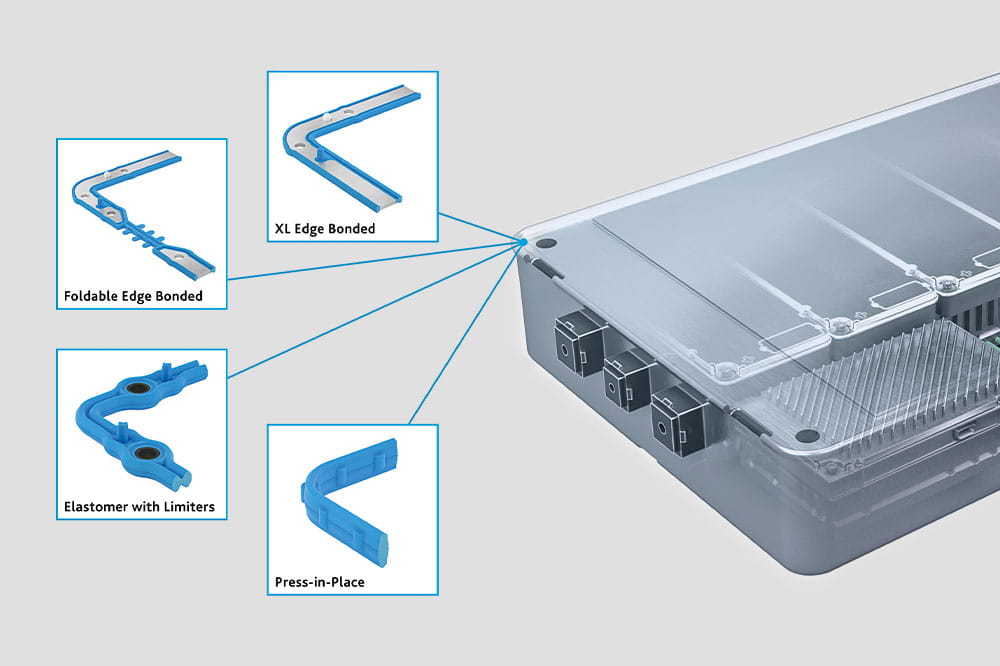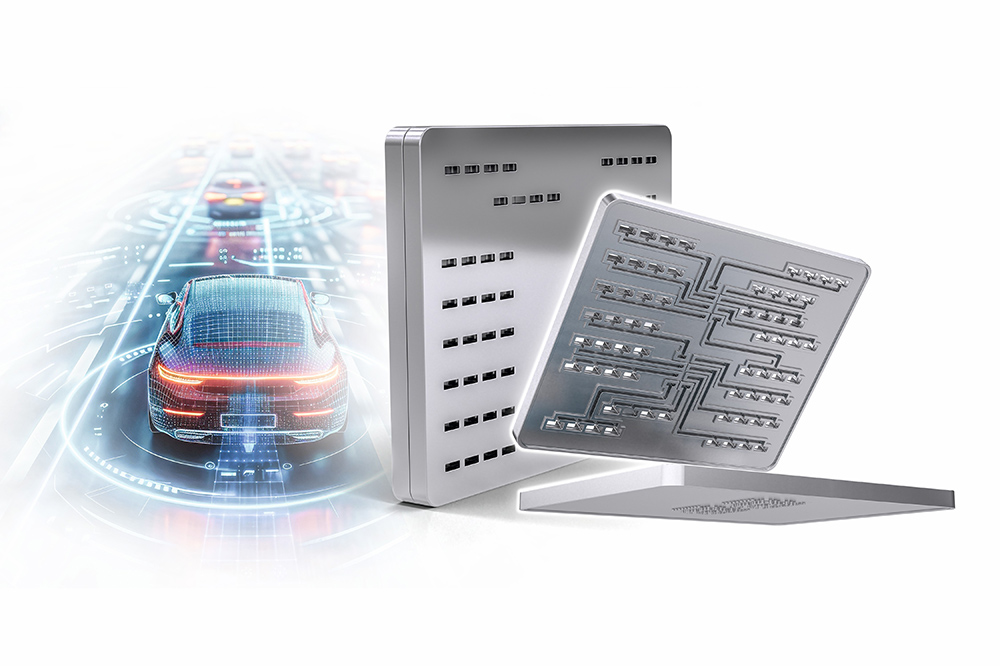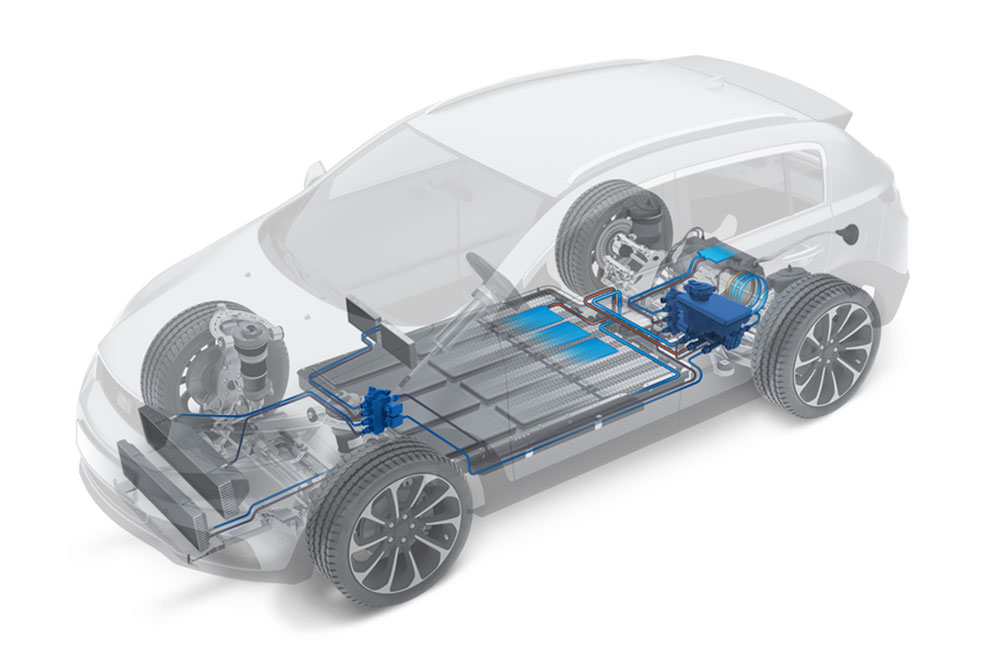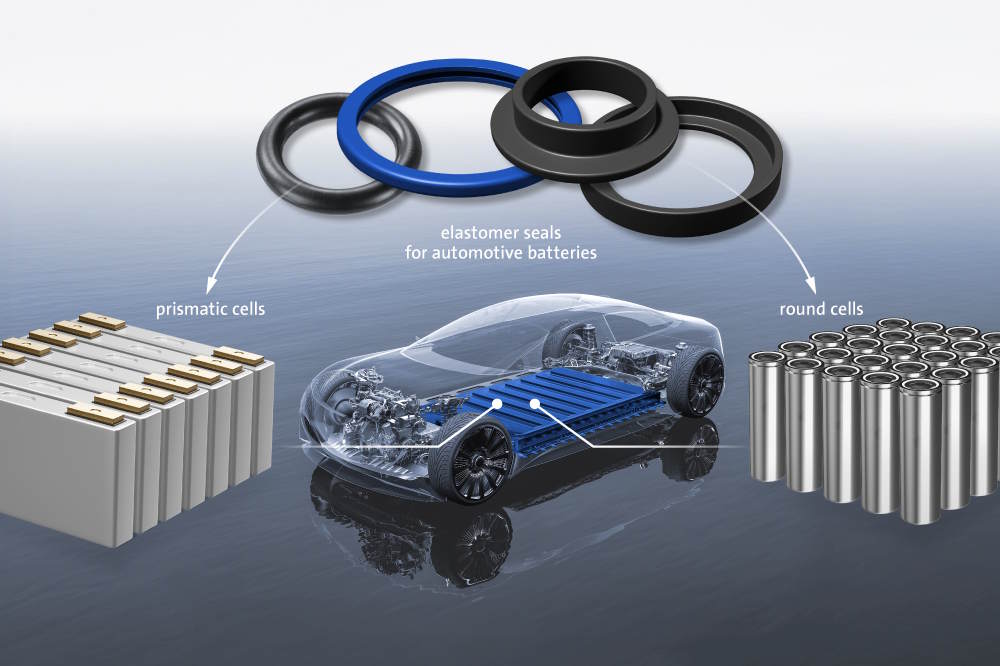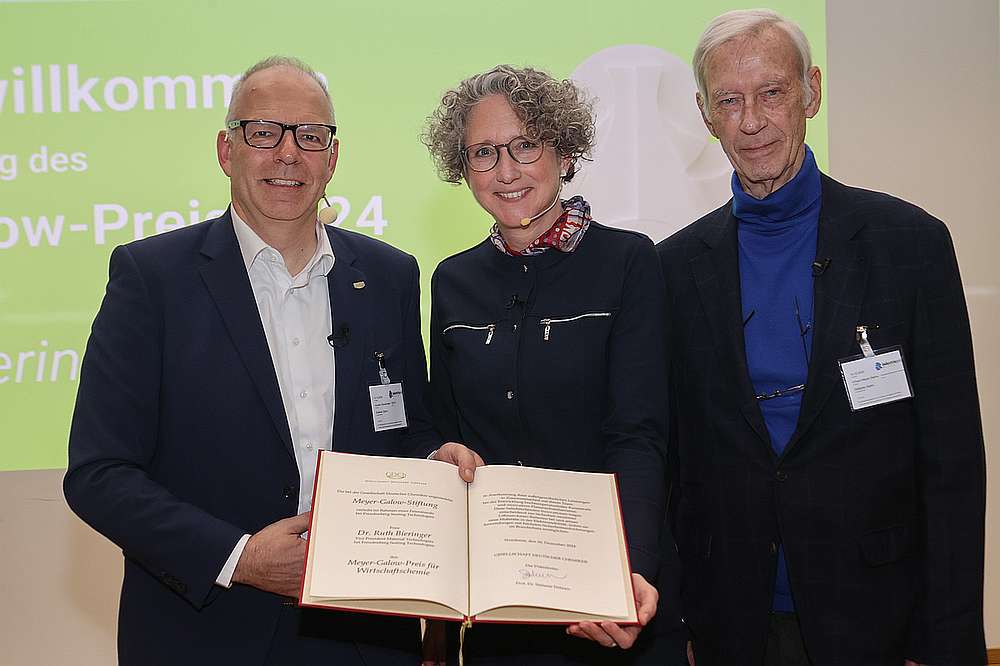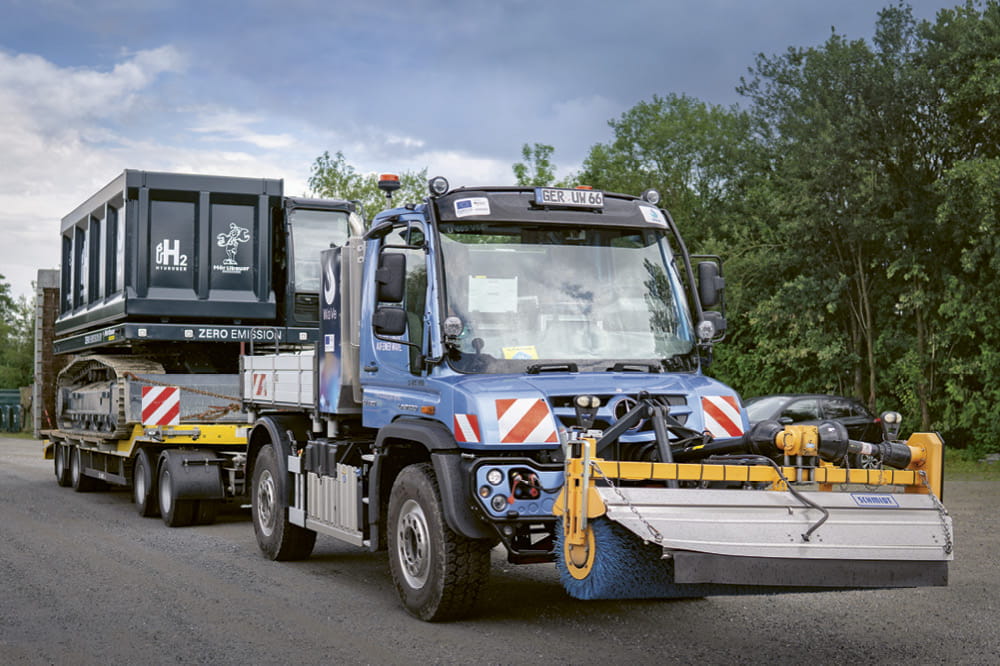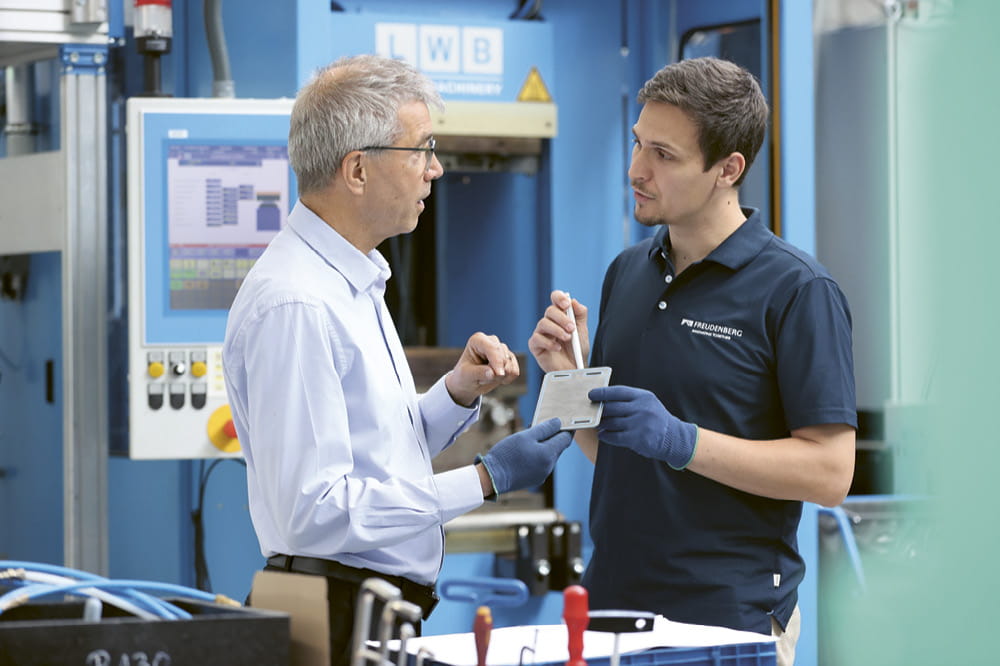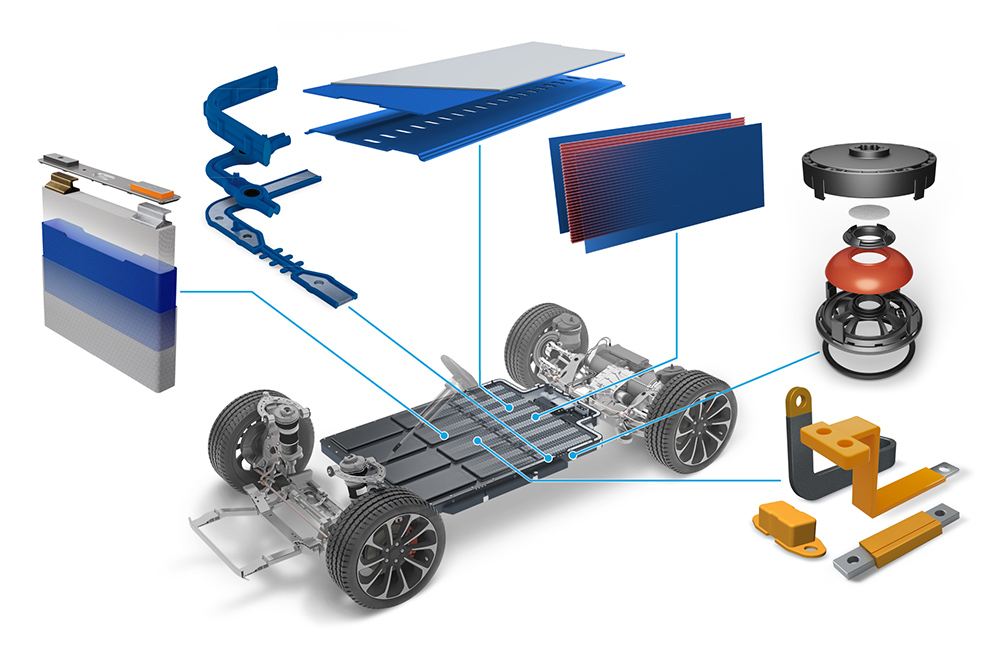Obtain news and background information about sealing technology, get in touch with innovative products – subscribe to the free e-mail newsletter.
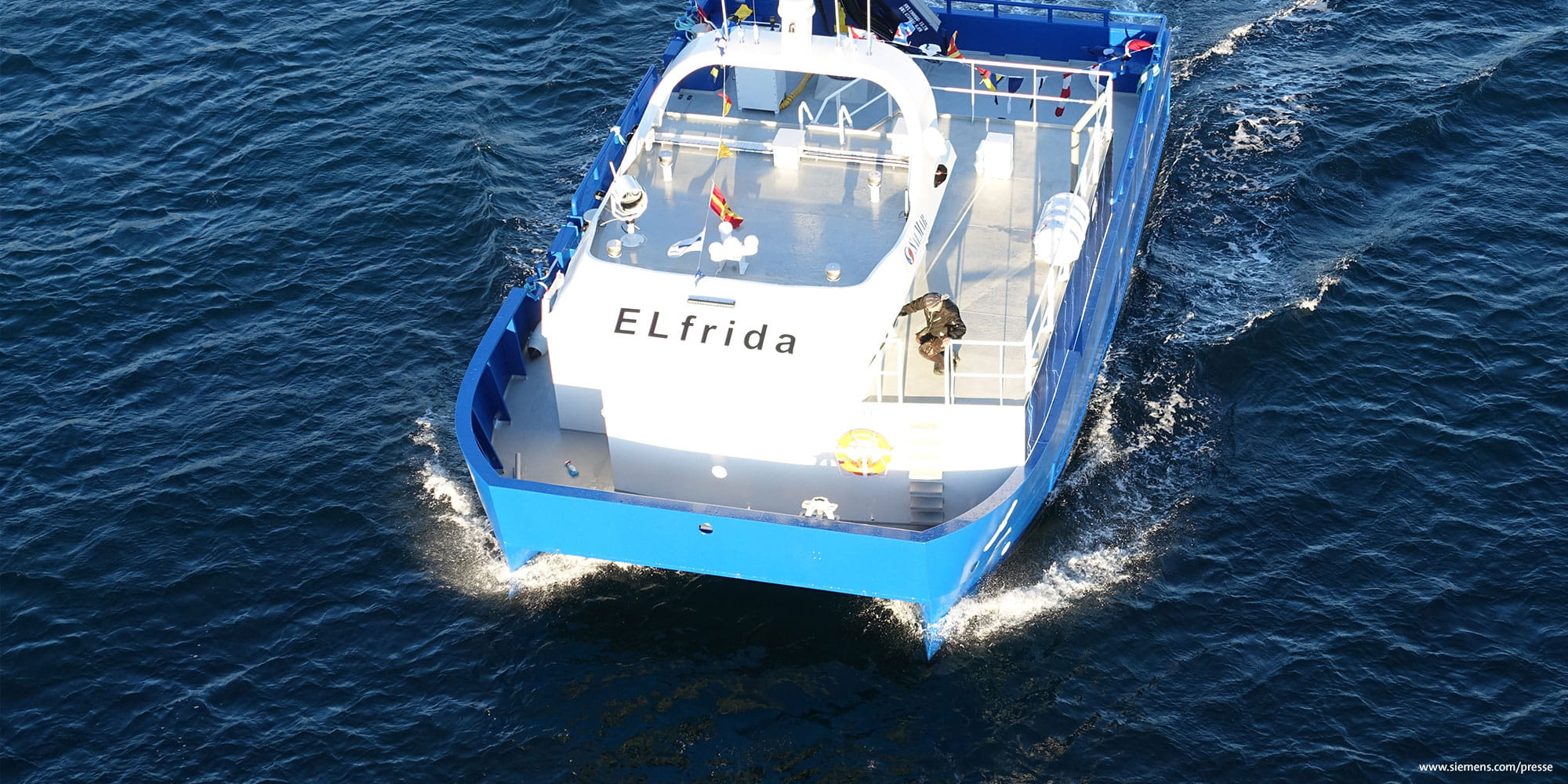
27.02.2018 | Story
Battery-electric Propulsion on the High Seas
CO₂ emissions are a concern at sea as well as on land. Norway has now come up with a way to reduce them on boats and ships. Its first ferries have turned to battery-electric propulsion, and a working vessel has followed suit.
In 2015, a small milestone was set for the propulsion systems of sea-going vessels: In Norway, a car-and-passenger ferry put to sea with battery-electric propulsion for the first time. Since then, it has commuted daily across the Sognefjord, 100 km north of Bergen. The ferry, which is 80 meters long and 20 meters wide, is powered by two electric motors during its 6-km-long passage. Each generates 450 kilowatts of power. The lithium ion battery on board has a capacity of 1,000 kilowatt hours and is recharged by smaller batteries during the stopovers at each mooring.
Enormous Potential for Savings
The hull of the ship was made of aluminum instead of steel to reduce weight. The operator also expects the aluminum hull to lower maintenance costs and extend the ship’s operating life. Of course, giving up diesels clearly made a difference for the environment. A conventional ferry consumes a million liters of diesel per year. The electric ferry has the potential to cut carbon dioxide emissions by 570 tons and nitric oxide by about 15 million tons. There are no hidden emissions since Norway gets the required electricity from hydropower.
The First Working Vessel with Battery-Electric Propulsion
With its rugged coastline and comparatively heavy ferry traffic, Norway sees a real possibility that it can reduce its CO2 emissions appreciably by using battery-electric ships: This would support a goal of the government in Oslo: to reduce carbon dioxide emissions compared to 1990 by 40 percent – and do it by 2030. Another development fits right into its plans: In February 2017, for the first time, a working vessel with 100 percent battery-electric propulsion put to sea. The Elfrida, which is 14 meters long and 8 meters wide, has been operating in the Norwegian Sea off Trondheim. Each day, it travels 12 km to a fish farm offshore and can depend totally on electric propulsion during its entire eight-hour workday. If the same approach were extended to Norway’s fishing fleet, an enormous potential for CO2 savings would be freed up. Ships and boats in the Norwegian fishing industry consume 400 million liters of diesel every year
In Norway more ferries with battery electric propulsion will go into operation with battery-electric powertrains in the foreseeable future. The manufacturer delivered two of them in early February 2018. And there is also a demand for these ferries beyond Norway. Since 2017 the first ferry of this type is operating in Finland.
The future runs on electricity. Would you like to know how Freudenberg Sealing Technologies is preparing for the mobility of tomorrow? Learn more here.
More news on the subject E-Mobility

Join Us!
Experience Freudenberg Sealing Technologies, its products and service offerings in text and videos, network with colleagues and stakeholders, and make valuable business contacts.
Connect on LinkedIn! open_in_new
